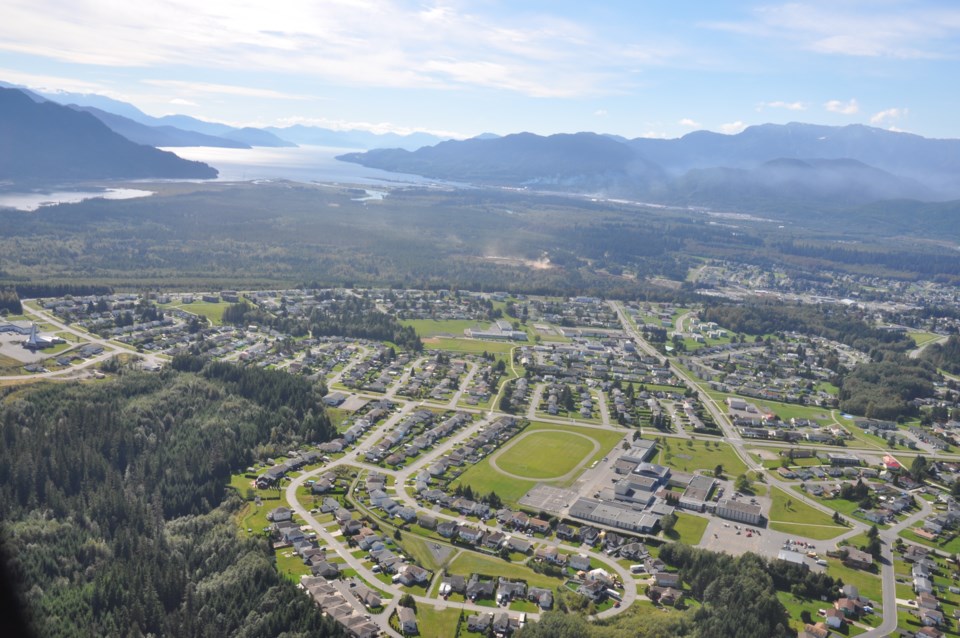Contrary to popular perception, the single largest private sector investment in Canadian history isn’t all roses for the residents of Kitimat.
Last October, the massive and much-anticipated $40 billion LNG Canada project was finally approved. It will see a pipeline carrying natural gas from Dawson Creek to a new processing facility on the coast in Kitimat. Since then, it’s been all systems go.
“The opportunities that residents have been anticipating for years are finally being realized,” exclaims Daniel Chimko, president of the Kitimat Chamber of Commerce.
Also the owner and general manager of Dal Monte’s Wood Craft, Chimko says the signs of growth are everywhere in his community, from increased traffic to bustling restaurants.
But with the massive project expected to employ as many as 10,000 people during construction, competition is fierce for willing workers. These days in Kitimat, two feet, a heartbeat, and desire to work practically guarantees you a job.
“Absolutely it comes with growing pains,” laments Kitimat Mayor Phillip Germuth, who points to the town’s only taxi service which can’t find enough drivers as cabbies seek higher paying jobs in LNG. He also cites a popular local restaurant which instead of expanding to seven days a week can now only open five, because of staffing challenges.
While Germuth contends that his community is generally prepared for the expected LNG spinoffs – having recently experiencing a $5 billion modernization of the local Rio Tinto Alcan aluminum smelter – he is also quick to praise the LNG Canada strategy to avoid a boom becoming a bust:
“LNG [Canada] has decided to create work camps which we think is a brilliant way to do things…stopping the potential of overbuilding, which of course would have negative impacts once the project is complete.”
Germuth is also adamant that while the initial LNG announcement sparked a flurry of home buying, that spike in real estate activity has since moderated.
What hasn’t moderated is the cost of starting a new business in the Kitimat service district. While describing his town’s current economic excitement as “bittersweet,” Chimko says commercial real estate has doubled in price to approximately $1,000 per acre. He also reports that a three-bedroom home that previously rented for $1,000 per month is now at least $2,500.
Regrettably, Kitimat is also experiencing sharply higher demand for social services.
“The day after the LNG Canada announcement, we had people showing up without a job…wondering where to apply when no jobs were available,” says Germuth.
While town council had authorized increased staffing for the Planning Department, Engineering Services, and Economic Development, they had no control over the flood of people who would show up on their last dime, convinced they had followed a yellow brick road.

While the rest of British Columbia watches the nation’s single largest private sector investment unfold on the Kitimat waterfront, the potential payoff for the province as whole is eye-popping. The B.C. finance and energy ministries expect the venture to generate $22 billion in direct government revenue over the next 40 years.
Asked whether the current economic boom might change the “character” of Kitmat, Germuth is resolute:
“We were built by industry, we’ve been through this before. Everybody is always saying how friendly Kitimat is…and we certainly don’t intend to [change.]”
As always, I welcome your comments and criticism on Twitter @kammornanchor and email [email protected].
Bob Price is a veteran B.C. broadcaster who anchored the morning news on CHNL radio in Kamloops for the past 30 years. Bob is also a past Webster Award winner whose previous stops included Vancouver and Calgary.



